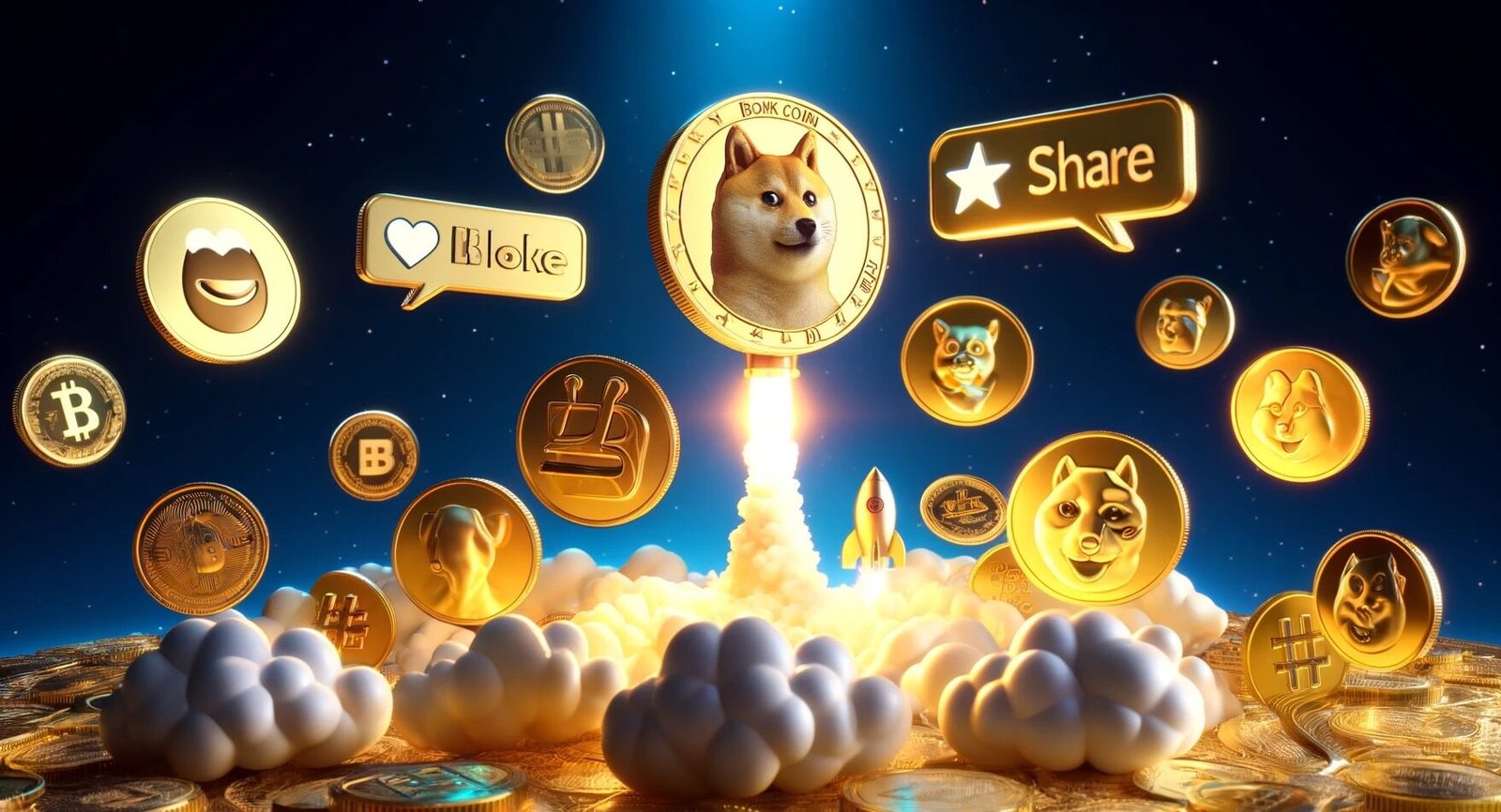Pump.fun and the Meme Coin Craze: Risks and Rewards

The meme coin phenomenon has attracted investors and Bitcoin enthusiasts, and recently, a new site named Pump. Fun has emerged as a significant player in the industry. Since its introduction in early 2024, this Solana-based platform has gained considerable popularity due to its user-friendly interface for trading, buying, and creating meme currencies.
Particularly in light of PumpFun’s ecology, Crypto Volatility should be aware of both the possibilities and the hazards involved with meme coin trading as the popularity of the platform increases. This paper discusses the main ideas for investors navigating this volatile and fascinating market.
Pump. Fun Powers Meme Coins
Meme coins are a subset of cryptocurrencies that are most popular thanks to viral trends, social media, and community-driven excitement rather than any natural technological advancement or utility. Shiba Inu and Dogecoin, initially created as pranks, have gained significant value over time. The emergence of meme coins has resulted in the development of several platforms that streamline the manufacturing and trade of these coins; Pump.fun is one such platform that has drawn investment interest.
Starting in January 2024, Pump.fun will offer a simple interface for creating meme coins—even for non-technical users—allowing anyone to generate their tokens and potentially profit from the viral nature of meme-driven movements, thereby democratizing access to the crypto market. Having produced about 1.6 million meme coins on the platform, it has rapidly developed into a trading center for somewhat speculative tokens. The marketplace has seen more than $58 million in total income from selling these meme coins, highlighting the increasing demand in this part of the bitcoin market.
Pu mp. Fun’s basic design and flexibility for users to build their meme coins in a few clicks appeal mostly to its simplicity. Meme coins on the network have exploded in availability thanks to their simplicity. Moreover, Pump.fun is built on the Solana blockchain, which boasts low fees and rapid transaction rates, offering great benefits over Ethereum-based systems beset by high gas costs during periods of substantial traffic. Meme coin aficionados now turn to Pump. It is fun mainly because of its mix of user accessibility and blockchain efficiency.

Meme Coin Economics
PumP is based on a bonding curve method that guarantees transparent and consistent pricing for meme currencies. This approach increases the price of a meme coin as it generates more tokens, thereby rewarding early buyers and sellers. Though it also means that pricing may become erratic when market demand changes, this innovative strategy gives the process more equity. Trading on Pump is inherently speculative. Fun is speculative; investors purchase and sell coins expecting a specific coin to catch on and quickly rise in value.
Knowing the physics underlying these tokens is vital for Crypto investors. Despite their entertaining and thrilling nature, meme currencies rely on supply and demand, social media trends, and sometimes pure speculation. Although the bonding curve model provides transparency, it does not always guarantee revenue. Usually, for reasons outside of one investor’s influence, meme coin prices might swing rapidly.
Meme Coin Volatility
The most attractive aspect of meme coin trading for investors is the possibility of significant gains. There are stories of early investors in coins like Dogecoin and Shiba Inu making millions of dollars. Pump. Fun has made headlines with a few traders reportedly making significant profits, with some achieving returns exceeding $1 million. However, these success stories are the exception, not the norm.
Data from Pump. Fun shows that only 0.4% of traders have made profits over $10,000, and a mere 0.002% have surpassed $1 million in gains. This statistic highlights the inherent risk involved in meme coin trading. Most investors face losses rather than profits. As a result, meme coins should not be viewed as a reliable investment vehicle but rather as a highly speculative market for those willing to accept the risk of potentially losing their investment.
In addition to the volatility inherent in meme coins, external factors can cause significant price swings. For instance, the value of a meme coin may suddenly increase due to viral online trends or celebrity endorsements. At the same time, negative publicity or shifts in public sentiment can trigger a sharp downturn. An example of such volatility was the launch of the $TRUMP coin, which initially attracted considerable attention but resulted in substantial losses for many investors who bought in at the peak.
Meme Coin Regulation

Regulators are increasingly interested in meme coins as their market develops. The potential for market manipulation and the absence of investor safeguards in the meme coin domain raise concerns. The Securities and Exchange Commission (SEC) and other financial regulatory authorities have voiced concerns. Working to set more explicit rules for the market, the SEC has mainly concentrated on making sure meme currencies are not used for dishonest or misleading activities.
For investors, this regulatory ambiguity raises yet another degree of risk. Thus far, meme coins have not faced significant legal challenges. That might change as governments worldwide apply stricter rules for cryptocurrencies. Such regulations could affect the value and liquidity of meme coins and the capacity of sites like Pump. Certain countries find it enjoyable to operate.
Conclusion
The Ascent of Pump. Fun in the meme coin market reflects the growing curiosity in speculative bitcoin investments. Investors should know the inherent hazards. The platform provides a transparent pricing structure and an accessible entry point for novices. Highly erratic, meme currency trading is usually motivated by events outside individual traders’ reach.
